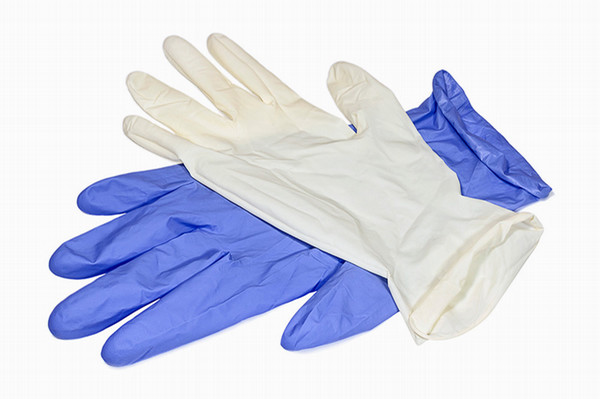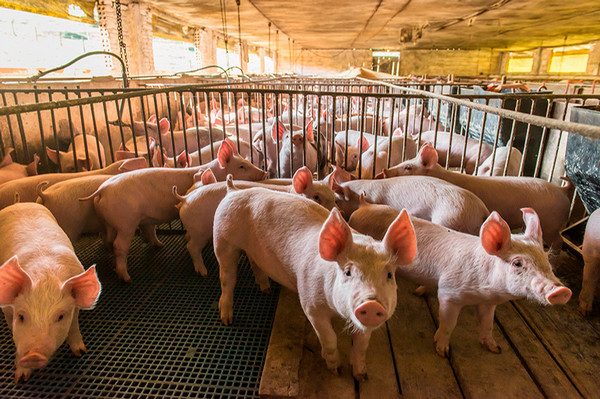Overview
Disease is one the biggest concerns when dealing with wild hogs. They can be transmitted in several different ways and their severity varies. If you think you have been exposed to a disease, do not hesitate to consult a medical professional.
There are several steps to ensure the safe handling of hogs and preventing disease below.


